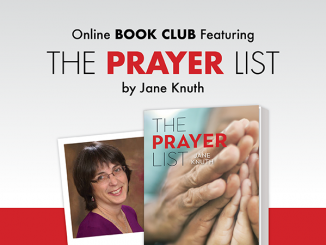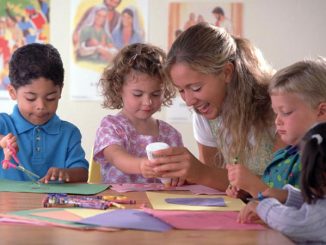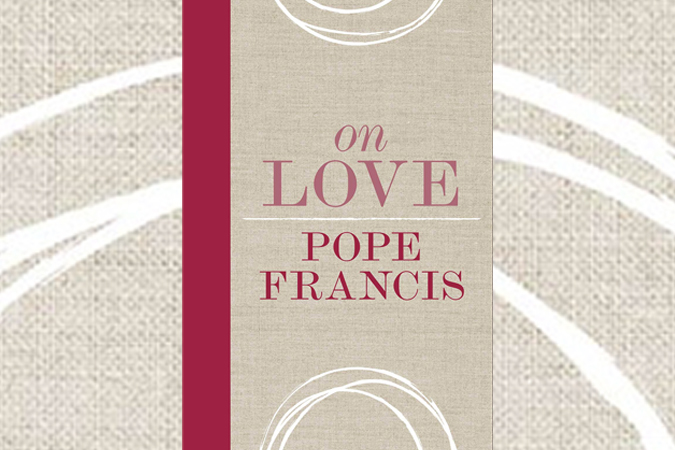
With the popularity of Valentine’s Day, February can be a great time to teach about God’s love for us and how he wants us to love one another. In many ways this is the basic message that underlines every session: God loves each of us.
In our God’s Gift: Reconciliation book, Chapter 6 focuses on the Good Shepherd with the parable of the lost sheep. This is a perfect parable to focus on God’s love with children. Children can easily relate experiences of how they are loved and cared for to the way a shepherd cares for his sheep.
This lesson, like all the others, starts with engaging children with their personal experiences that provide background. To do this, I use an activity I call my “Loving Heart.” I ask the children to talk about who cares for and loves them. Next I draw a big heart on the board and give the children sticky notes to write down someone who loves and cares for them to put inside the heart. I share why I picked the person I wrote down and invite the children to do the same. Drawing on the experience of how they are loved provides a link to talking about God’s love for them. (I have used this heart activity in other ways as well. Every year around Thanksgiving we fill a “Grateful Heart” by writing things we are thankful to God for.)
Once I have engaged the children, I ask them how a shepherd cares for his sheep. Again, the children easily relate to their own experiences of caring for pets. I then read aloud the parable. After reviewing the details of the parable, we talk about how each of us is special to God. God loves each of us. No matter how much we stray (sin) God will always forgive us and come looking for us. God seeks us out. God will always love us.
As part of his love for us, God the Father sent Jesus. (If you are teaching this in connection to Valentine’s Day, you could even say that Jesus is the valentine that God “sends” to us.)
God sent Jesus to be our Good Shepherd who cares for us and leads us. If we ever get lost on our way to heaven, he will come and save us like the shepherd went after the lost sheep. Jesus came into the world to lead us along “right paths;” but by his Passion and Resurrection he is also our Savior. (Depending on your class, you could expand on what it means to be the Savior.)
Finally, I ask how we respond to God’s love. We brainstorm ways we can show love of God and pass on God’s love to other people. I hand out index cards with the prompt, “God, because you love me, I will . . . ” and ask the children to complete the sentence. I play soft music in the background and ask the children to pray about one way they will respond to God’s love. When they are finished, they put the cards in a gift bag on our class prayer table. To close the lesson, I lead the children in a prayer to thank God for loving us unconditionally and forever and to ask God to help us love others.
This is one way I teach about God’s love either around Valentine’s Day or at any time of the year. How do you teach about God’s love?
Learn more about God’s Gift: Reconciliation and Eucharist here.





This year I did this lesson the class after First Penance and before Valentine’s Day. They made cards for their parents decorated on the front with a heart with a Bible verse and a Spiritual Bouquet inside
Can you share a picture of the spiritual bouquet?